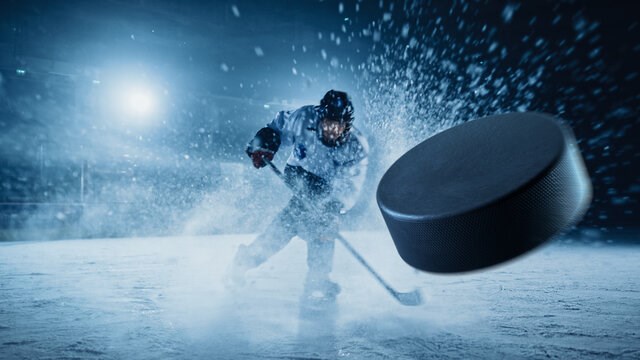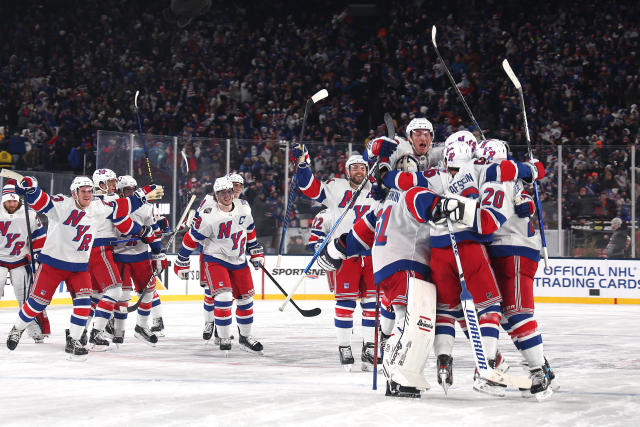Understanding Ice Hockey Regulations

Ice hockey, known for its speed and physicality, comes with an intricate set of rules that can seem complex for newcomers. In this beginner’s guide from 24hscore, readers can gain a solid grasp of ice hockey fundamentals and gameplay. The article breaks down essential regulations around scoring, penalties, equipment, and player positions in an easy-to-understand manner. Whether you are a casual hockey fan looking to brush up or someone seeking to enjoy the sport more fully, this primer lays the foundation to appreciate all the action on the ice. Authored by experts from 24hscore, Understanding Ice Hockey Regulations enables readers to learn the rulebook straight from the professionals.
Unveiling the Roots and Global Impact of Ice Hockey
Venture back to the 19th century in Canada, where the early renditions of modern-day hockey emerged on frozen landscapes. These icy conditions birthed a sport that has since burgeoned into a global giant, with its epicenter firmly rooted in North America. At the forefront of this icy saga stands the NHL (National Hockey League), an expansive league that orchestrates an annual financial ballet, turning over millions of dollars and amplifying the grandeur of the sport.
Ice hockey‘s narrative unfurls like a historical canvas, painted by the spirited endeavors of those who embraced the challenges of icy arenas in Canada’s past. From these humble origins, the game has transformed into a colossal international spectacle, captivating hearts and minds far beyond its birthplace. The NHL, a colossus in the realm of hockey leagues, orchestrates a financial symphony each year, resonating globally and underscoring the sport’s unparalleled significance.

The Essence of Ice Hockey
At the core of ice hockey lies the pursuit of guiding a small puck across the ice, maneuvering it with hockey sticks into the opposing team’s goal. Each successful entry of the puck into the goal adds a point to the scoring team’s tally. Players on the ice adeptly pass the puck amidst the opposing team, aiming to thwart their rivals’ scoring attempts.
An ice hockey match takes place on a rink spanning approximately 61 meters in length and 30 meters in width, divided into three key zones: the neutral zone, flanked by attacking and defending zones determined by puck possession. Each zone is embellished with specific markings such as faceoff circles, spots, and a half-circle goal crease enveloping the goal.
Equipments
Equipments adorn each player—hockey sticks, ice skates, and protective gear ranging from face masks, helmets, padded shorts, shoulder pads, arm guards to gloves. Goalkeepers, in particular, bear denser padding due to their pivotal role in defending the goal.
Players
Teams comprise a maximum of 20 players, with six players permitted on the ice simultaneously, including a goalkeeper and five outfield players. The game’s tempo allows player movement across the ice, excluding the goalkeeper, who remains confined within their half and refrains from crossing the center red line.
A dense rubber puck, weighing about 6 ounces, becomes the focus of player maneuvers, exclusively managed by sticks or feet but off-limits for handling, except by the goalkeeper.
Each match spans three 20-minute periods, with game clock stoppages at every game halt, concluding promptly at the end of each period.
Scoring
Scoring entails the puck completely crossing the goal line, with any part of the body or stick valid for the hit, barring the use of hands. Professional leagues often employ sensors across the goal line to confirm a goal, while amateur leagues rely on umpires’ judgment.
Victory necessitates a team outscoring their opponents. In case of a tie, overtime ensues with an additional quarter until a team scores, determining the ultimate winner.
Physicality within the game is permissible—faceoffs at the center circle commence each period or resume after stoppages, while body checking is allowed within stipulated zones, excluding the back or above shoulder height.
Penalties such as minor infractions result in a player’s temporary dismissal for two minutes, reducing the team’s player count. Major violations lead to a player’s five-minute removal, encompassing actions like fighting or severe injury infliction on opponents.

Conclusion
In the enthralling world of ice hockey, the essence lies in the artful dance of players and puck across a frozen arena. Guided by sticks and skates, teams strive to outscore opponents, navigating a meticulously marked rink.
From the strategic faceoffs in the central circle to the electrifying goals achieved by puck crossings, the game weaves a narrative of skill, precision, and physical prowess. The battle for supremacy unfolds across three intense periods, each ticking away with every halt in play.
The heart of victory beats in the netting of goals, whether via a well-placed shot or a skillful maneuver, while penalties and power plays add layers of strategic complexity. Ice hockey, a symphony of calculated moves and visceral thrills, showcases the resilience and finesse of its players on the frosty stage.








